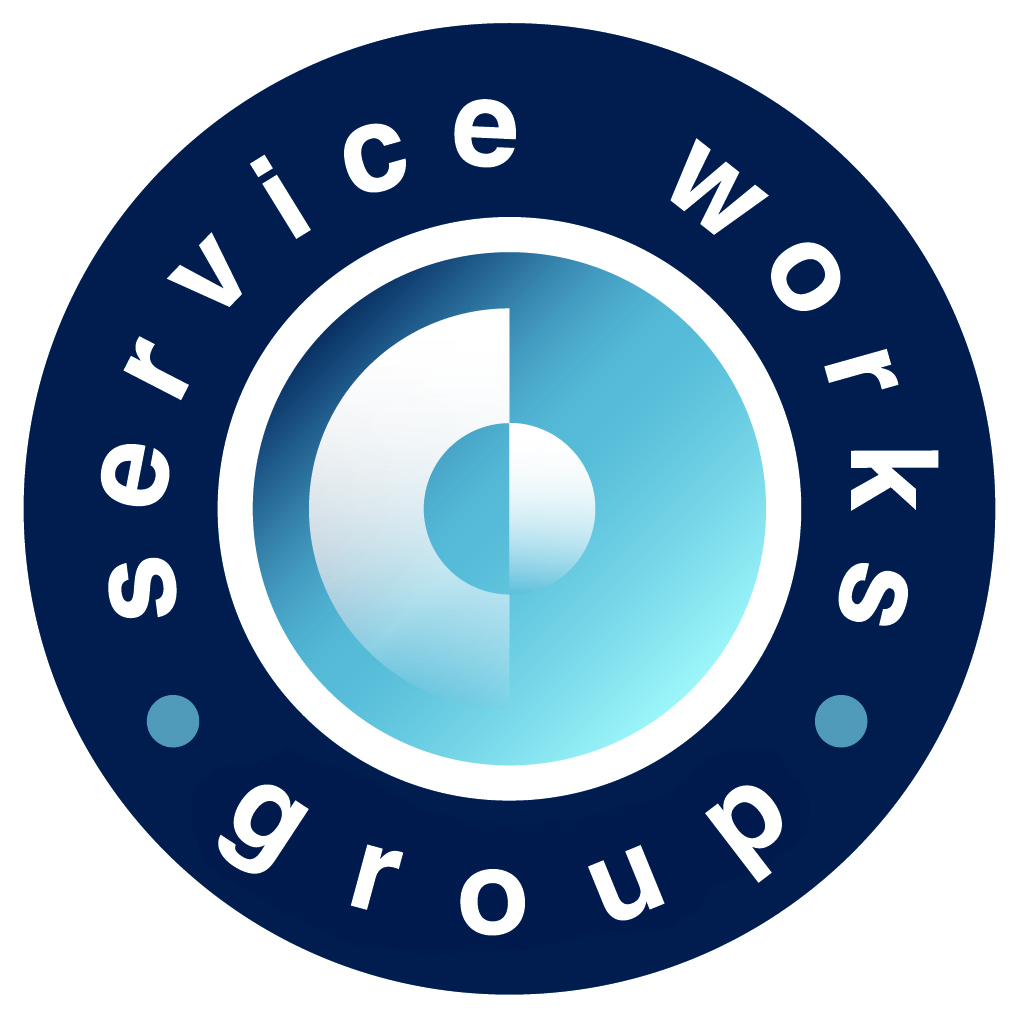The global PPP (Public-Private Partnership) market is large and growing. Many governments are turning to PPP contracts to finance, build, and maintain new social infrastructure, such as hospitals, schools, housing, prisons and leisure facilities, due to the value for money they can obtain through the model.
Known as PFI (Private Finance Initiative) or more recently re-launched as PF2 (Private Finance 2) in the UK and P3 in Canada, a PPP contract sets out the key agreement terms between the authority and contractor, including the allocation of risk to the contractor and the required quality of service to be delivered. Payments tend to be based on outputs, such as availability of facilities and the quality of service provision, and if these fall short of the contractually defined standards, the public authority is entitled to reduce payments to its private partner.
As the process can become complicated, it is essential that the contract management system used serves to achieve auditability (so that data is recorded to enable review to determine service quality) and transparency (so that data about the nature and quality of services under the contract is fully available and accessible).
Auditability is a Key Part of Building Trust
Trust between the two parties is a key part of the success of a PPP project. Performance recording is usually undertaken by the service provider, but as these standards are linked to financial deductions, there is a perceived risk that private sector staff might not record shortfalls in performance where the lapse is unlikely to be detected by the public sector. Where information systems are not in place to guard against this, there may be an absence of trust between the parties, and this may lead to a break down in the quality of the partnership and a more adversarial relationship.
Creating Clear Communication Channels
The optimum time to establish a good basis for relationship is at the procurement stage of the deal, which can be supported through the use of PPP contract management software. This will enhance the quality of information available to the negotiating parties and help the client to understand clearly how the contract will be implemented, which is the most frequent source of disputes between parties.
Once financial close is achieved, the software provider should carry out due diligence of the contract to highlight areas where different interpretations may arise, and seek confirmation of the expected outcome for these. A system must be in place that will record changes or any instructions that relate to them. Once the system is live, the performance of the service provider can be monitored on a real-time basis and in a transparent manner through the use of remote monitoring and running of abatement and performance reports. A key factor of using PPP software for service delivery is that the system can be audited quickly and easily and that the integrity of the data is maintained at all times.
A Partnership Approach
When these systems are in place, information will flow effectively and the partnership will function, enabling a PPP to operate that truly reflects the collaborative approach that this model was designed for.
If you would like more detail on PPP contracts and using software to increase transparency, request a copy of Service Works’ white paper: The Importance of Transparency and Auditability in PPPs , or call 020 8877 4080 to speak to an adviser.






